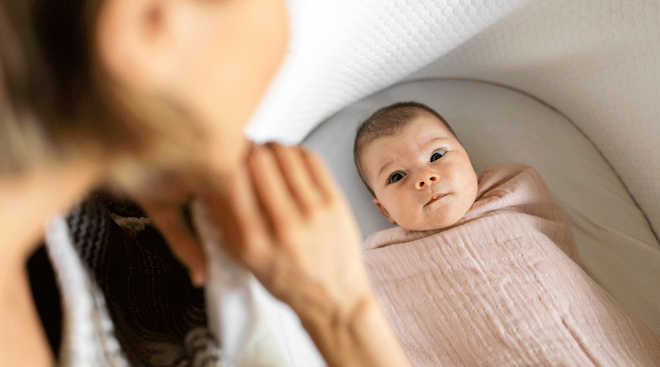The Three Lifestyle Habits Kids Need to Live a Healthy Life, According to WHO
Sit less, play more and catch some Zzz’s. That’s what your kid should be doing in order to live a healthy life, according to the World Health Organization (WHO).
In April 2019, WHO released its first guidelines on physical activity, sedentary behavior and sleep for children under 5 years old. To create its roadmap to success, the public health agency looked into the effects lack of sleep and time spent sitting looking at screens or in strollers had on young children. It also reviewed the benefits of high activity levels for youngsters.
“Achieving health for all means doing what is best for health right from the beginning of people’s lives,” says WHO director-general Dr. Tedros Adhanom Ghebreyesus. “Early childhood is a period of rapid development and a time when family lifestyle patterns can be adapted to boost health gains.”
The effects can be devastating if someone doesn’t meet the recommendations—accounting for more than 5 million global deaths each year across all age groups. But when kids establish these choices early on, it shapes healthy habits that’ll follow them into adulthood. Generally speaking, 23 percent of adults and a staggering 80 percent of adolescents currently don’t get enough physical activity.
“What we really need to do is bring back play for children,” says Dr. Juana Willumsen, WHO’s focal point for childhood obesity and physical activity. “This is about making the shift from sedentary time to playtime, while protecting sleep.”
WHO Guidelines for a Healthy Life
The guidelines are broken down by different age groups: infants and younger than one, kids ages 1 to 2 and kids ages 3 to 4.
Children less than one year old:
- Physical activity: Be physically active several times a day in different ways, especially with floor-based play. Babies who aren’t mobile yet should practice 30 minutes of tummy time sporadically throughout the day
- Sedentary behavior: Must not be restrained for more than one-hour intervals. This includes while in strollers, high chairs or when babywearing. Screen time is not recommended, and storytime with parents is encouraged when stationary
- Sleep: Good quality sleep is essential: 14 to 17 hours is recommended for newborns to 3-month-old infants and 12 to 16 hours is recommended for 4- to 11-month-old babies, including naps
Children 1 to 2 years old:
- Physical activity: Spend at least 180 minutes doing a variety of moderate to intense physical activities throughout the day
- Sedentary behavior: Must not sit for more than an hour at a time, including while in strollers, high chairs or when babywearing. Sedentary screen time is not recommended for kids under 2 years old; for those over the age of 2, sedentary screen time shouldn’t last longer than an hour. Storytime is encouraged when kids are stationary
- Sleep: Sleep for 11 to 14 hours daily, including naps, with regular sleep and wake-up times
Children 3 to 4 years old:
- Physical activity: Spend at least 180 minutes doing a variety of levels of physical activity, with at least 60 minutes of moderate to vigorous intensity, spread throughout the day
- Sedentary behavior: Must not sit for more than an hour at a time, including while in strollers. Sedentary screen time shouldn’t be more than an hour, and storytime is encouraged while a child is stationary
- Sleep: Sleep for 10 to 13 hours daily, including naps, with regular sleep and wake-up times
Click here for more information and details on WHO guidelines.
Please note: The Bump and the materials and information it contains are not intended to, and do not constitute, medical or other health advice or diagnosis and should not be used as such. You should always consult with a qualified physician or health professional about your specific circumstances.
Navigate forward to interact with the calendar and select a date. Press the question mark key to get the keyboard shortcuts for changing dates.




















































